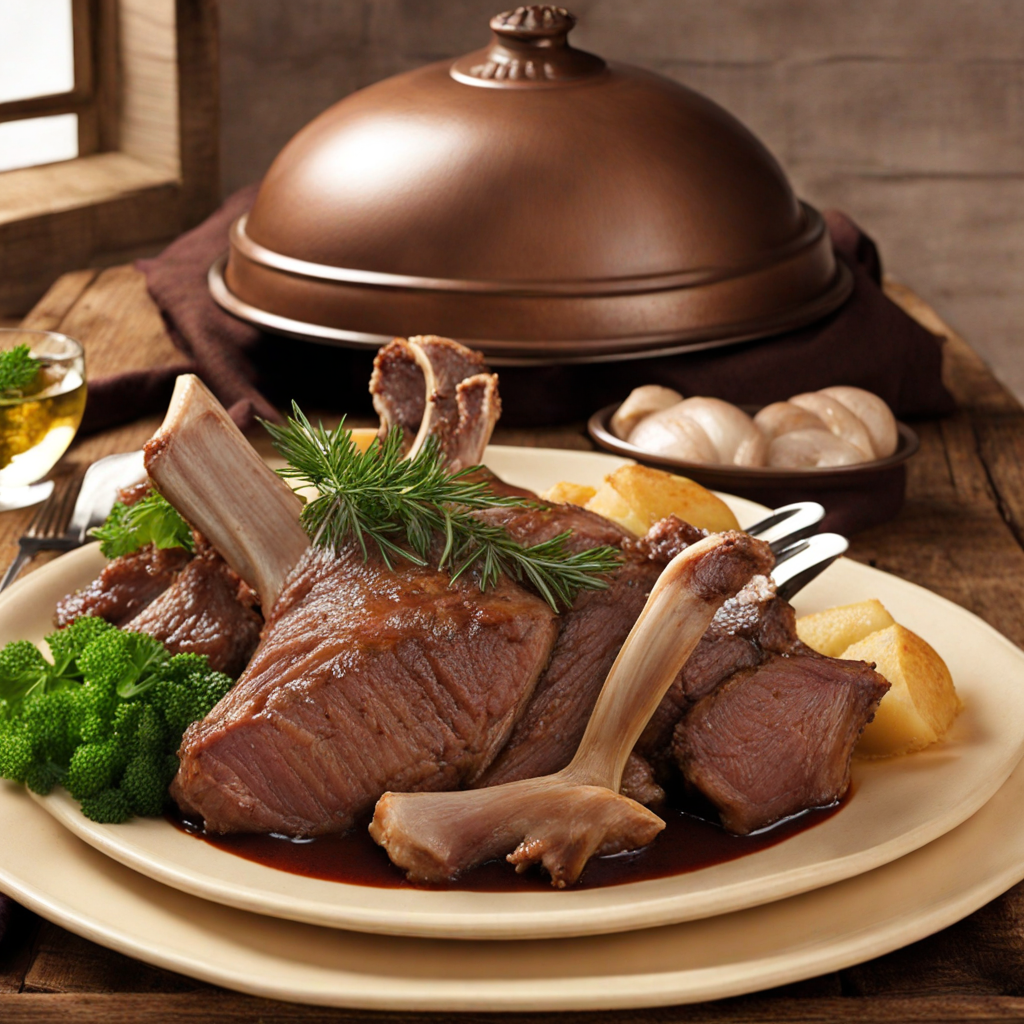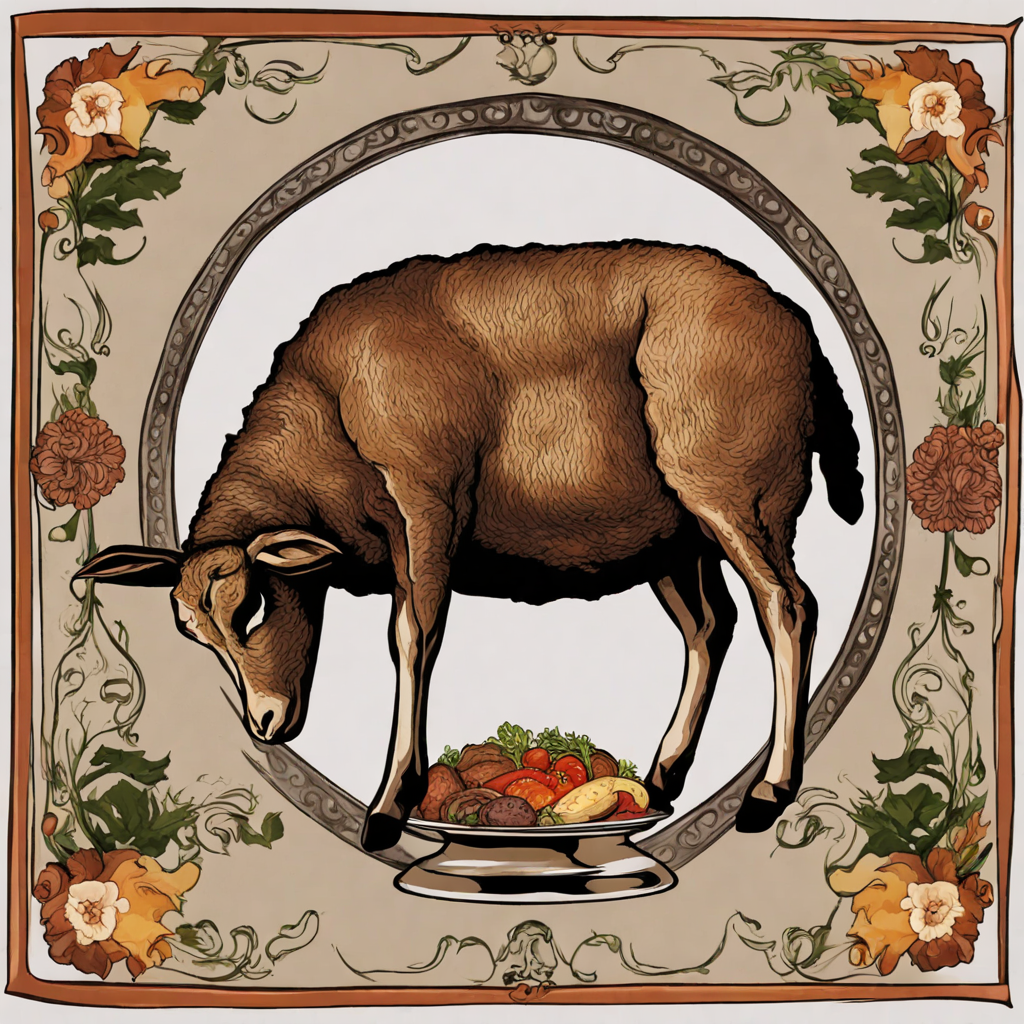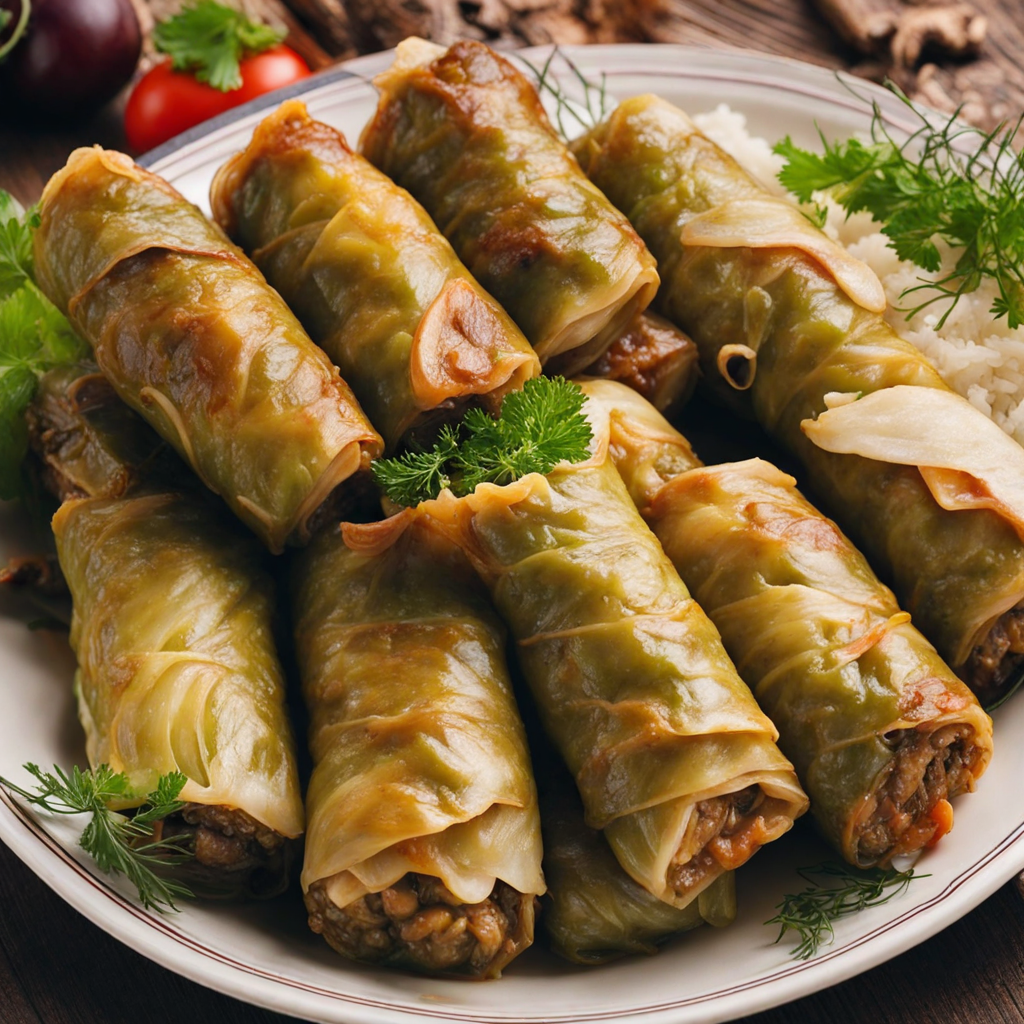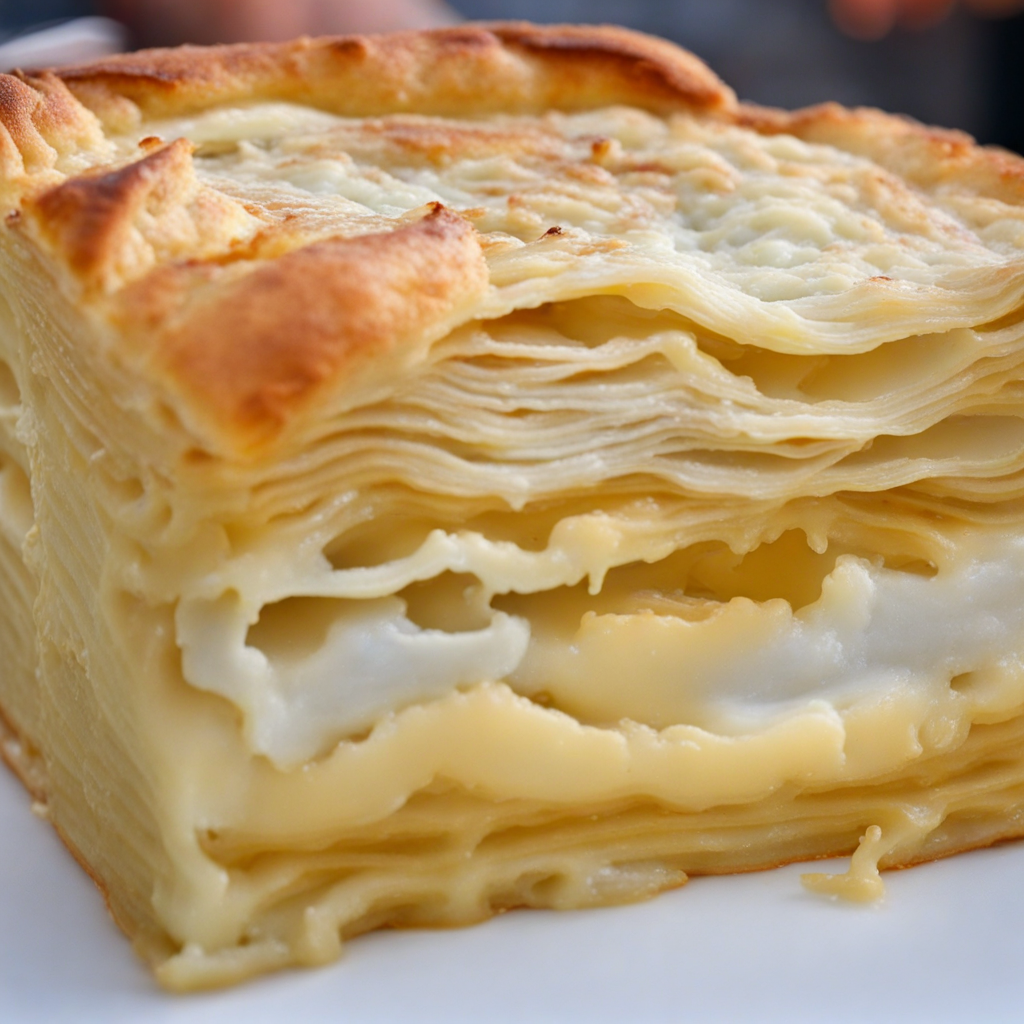Lamb under the bell
Lamb under the bell, or "ispod sača," is a traditional Montenegrin dish that embodies the rustic charm and culinary heritage of the region. This unique preparation method involves slow-cooking lamb in a cast-iron bell-shaped lid, which traps steam and heat, resulting in incredibly tender and flavorful meat. The lamb is typically marinated with a blend of local herbs and spices, such as rosemary, garlic, and bay leaves, allowing the flavors to penetrate the meat deeply. The dish is often accompanied by seasonal vegetables, which are roasted alongside the lamb, absorbing the rich flavors and creating a harmonious balance on the plate.
The essence of lamb under the bell lies not just in its preparation but also in its cultural significance. Traditionally cooked outdoors over an open fire, this dish is often prepared for gatherings and celebrations, bringing family and friends together. The aroma of the slow-cooked lamb wafting through the air creates an inviting atmosphere, making it a centerpiece of any meal. As the dish cooks, the flavors meld beautifully, creating a succulent and mouth-watering experience that is both comforting and indulgent.
How It Became This Dish
The Culinary Journey of Јагње испод сача: A Taste of Montenegro #### Origins: A Dish Rooted in Tradition Јагње испод сача, or "lamb under the bell," is a traditional Montenegrin dish that encapsulates the rich culinary heritage of the Balkans. The dish derives its name from the cooking technique employed, where lamb is slow-cooked beneath a heavy metal lid called a "sac." This ancient method of cooking has origins that date back centuries, deeply intertwined with the pastoral lifestyle of Montenegrin shepherds who roamed the rugged landscapes of the Dinaric Alps. The use of a sac for cooking can be traced back to various cultures throughout the Mediterranean and the Balkans, but it is particularly prominent in Montenegrin cuisine. The sac, typically made of metal, is placed over a bed of hot coals or on an open fire. The cooking process involves enveloping the meat in heat, creating a unique environment that allows for even cooking and the retention of moisture, resulting in tender and flavorful lamb. In Montenegro, lamb is favored due to the abundance of sheep farming in the region, a practice that has sustained families for generations. The lush pastures, enriched by the mineral-rich soil and the natural grazing habits of sheep, contribute to the distinct flavor of Montenegrin lamb. The dish is not just a meal; it represents the connection between the land, the livestock, and the people who have cultivated these traditions. #### Cultural Significance: More Than Just a Meal The preparation and consumption of Јагње испод сача are often tied to communal gatherings and celebrations. It is a staple at family feasts, weddings, and religious holidays, symbolizing unity and hospitality. In Montenegro, food is more than sustenance; it is a means of bringing people together, fostering bonds, and celebrating life’s milestones. The dish is often accompanied by traditional sides such as "pržen krompir" (fried potatoes), seasonal vegetables, and homemade bread. These accompaniments, together with the succulent lamb, create a feast that reflects the abundance of the land and the warmth of Montenegrin culture. The communal aspect of sharing a meal prepared in this way is essential, as it emphasizes the importance of family and friendship in Montenegrin society. Furthermore, the preparation of Јагње испод сача requires patience and skill, often passed down through generations. This process not only preserves the culinary techniques of the region but also fosters a sense of identity and pride among Montenegrins. It serves as a reminder of their agrarian roots and the importance of traditional practices in a rapidly changing world. #### Development Over Time: A Culinary Evolution As Montenegro has modernized, the culinary landscape has evolved, yet traditional dishes like Јагње испод сача remain integral to the national identity. The post-war period in the late 20th century saw a resurgence of interest in traditional foods, driven by a desire to reconnect with cultural roots amid the turbulence of political changes. This revival led to a greater appreciation for authentic, locally-sourced ingredients, and the techniques that have been honed over centuries. In recent years, the dish has gained popularity beyond Montenegro’s borders, often featured in international food festivals and culinary showcases. The global interest in traditional and authentic cooking has allowed Montenegrin cuisine, and specifically Јагње испод сача, to shine on the world stage. Chefs and food enthusiasts are increasingly recognizing the value of heritage foods, prompting a renaissance of traditional cooking methods and regional ingredients. Moreover, the rise of agritourism—where visitors engage with local farmers and participate in traditional cooking practices—has further contributed to the popularity of this dish. Tourists seeking genuine experiences are drawn to the opportunity to witness the preparation of lamb under the sac, often participating in the cooking themselves. This interactive approach not only helps preserve the culinary traditions but also promotes the local economy and fosters cultural exchange. #### Contemporary Interpretations While the classic preparation of Јагње испод сача remains beloved, contemporary chefs are beginning to experiment with the dish, infusing it with modern techniques and flavors. Some may marinate the lamb with regional spices or incorporate seasonal herbs, giving a fresh twist to the traditional recipe. Others might serve it with innovative sides or sauces that elevate the presentation and enhance the overall dining experience. Despite these modern adaptations, the essence of the dish remains intact. The slow-cooking method, the emphasis on quality ingredients, and the communal spirit of sharing a meal continue to define Јагње испод сача. This balance between tradition and innovation is vital for the dish’s survival in a contemporary culinary landscape. #### Conclusion: A Legacy of Flavor and Culture Јагње испод сача is more than just a dish; it is a testament to Montenegro’s rich cultural heritage, reflecting the history, traditions, and values of its people. From its pastoral origins to its status as a beloved centerpiece in Montenegrin celebrations, the preparation of lamb under the sac carries forward the stories of generations. As Montenegro continues to embrace its culinary traditions in the face of modernization, dishes like Јагње испод сача serve as a reminder of the importance of preserving cultural identity. The flavors, techniques, and communal aspects of this dish encapsulate the very spirit of Montenegrin life—a celebration of the land, the livestock, and the people who cherish their heritage. In each bite of lamb tenderly cooked beneath the sac, one can taste not only the meat but also the essence of Montenegro itself—a land rich in history, culture, and a profound appreciation for the art of cooking.
You may like
Discover local flavors from Montenegro







